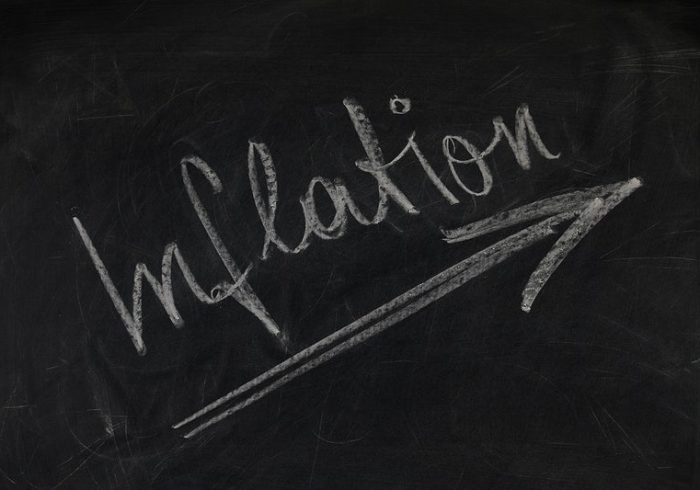In November, Maryland’s casino gaming industry experienced a slight decline in revenue, with a 3.5% decrease compared to the previous month. This dip in earnings can be attributed to various factors, including seasonal fluctuations and ongoing challenges posed by the COVID-19 pandemic.
One of the primary reasons for the decline in revenue is the natural ebb and flow of the casino industry. November traditionally sees a decrease in gambling activity as the holiday season approaches. Many individuals tend to prioritize family gatherings, shopping, and other festive activities during this time, leading to a temporary slowdown in casino visits.
Additionally, the ongoing impact of the COVID-19 pandemic continues to affect the casino industry in Maryland. Despite stringent safety measures implemented by casinos to ensure the well-being of both staff and patrons, some individuals may still be hesitant to visit crowded indoor spaces. This cautious approach has resulted in reduced footfall and subsequently lower revenue for the casinos.
Furthermore, restrictions on capacity and operating hours imposed by state and local authorities have also played a role in the decline. These limitations aim to curb the spread of the virus but inevitably affect the number of customers that can be accommodated at any given time. As a result, casinos have had to adapt their operations and adjust their revenue expectations accordingly.
It is worth noting that despite the decrease in overall revenue, certain segments of the casino industry have shown resilience and even growth. Online gambling platforms, for instance, have experienced a surge in popularity during the pandemic. With more people staying at home and seeking entertainment options, online casinos have become a convenient and accessible alternative.
To mitigate the impact of reduced revenue, Maryland’s casinos have been exploring innovative strategies. Many have focused on enhancing their online presence and expanding their digital offerings to attract a wider audience. This includes introducing virtual slot machines, live dealer games, and interactive experiences that replicate the thrill of being at a physical casino.
Moreover, casinos have been investing in marketing campaigns to highlight the safety measures in place and reassure potential visitors about the cleanliness and sanitization protocols followed on-site. By emphasizing these precautions, they aim to instill confidence in customers and encourage them to return to the gaming floor.
Looking ahead, the casino industry in Maryland remains cautiously optimistic. As the holiday season progresses and more individuals receive vaccinations, there is hope for a gradual recovery in revenue. However, uncertainties surrounding the pandemic and potential future restrictions still pose challenges.
In conclusion, November witnessed a 3.5% decrease in Maryland’s casino gaming revenue, primarily due to seasonal fluctuations and the ongoing impact of the COVID-19 pandemic. While challenges persist, casinos have been adapting their strategies, focusing on online platforms, and implementing stringent safety measures to navigate these uncertain times. As the situation evolves, the industry will continue to monitor trends and implement innovative solutions to ensure a sustainable recovery in the months to come.



